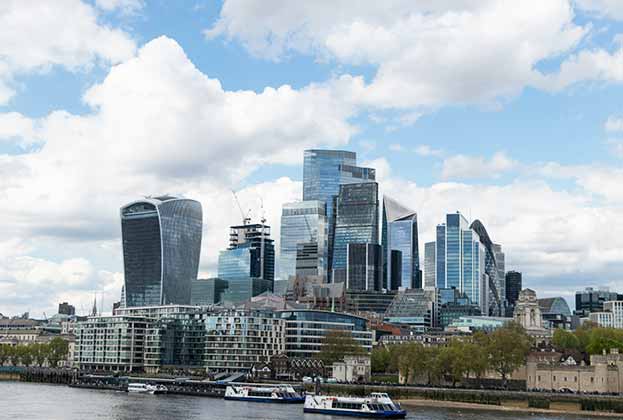Widespread macro-economic and political uncertainty has everyone guessing what cyclical changes we will see in global real estate markets in 2019 and beyond. Many are questioning whether the level of investment seen in the sector to date can be maintained. We believe that the simple answer is yes. Here’s why.
As the graph below shows, the current gap between average European Prime Office Central Business District (CBD) yields, and 10-year government bonds is wide by historical standards. The world is in a very different place from where we were a decade ago and paints a strong argument for the ongoing appeal to invest in real estate.
Property’s advantage over gilts suggests that any rising cost of money will not necessarily cause notable value shifts so long as the overall cost of finance remains relatively low, as is currently anticipated. Moreover, any perceived risk around rising interest rates does not lie in the rise itself, but rather the rate at which the rise occurs.
Average Prime Office CBD (Europe) vs 10-year bonds yield spread (Europe)

.png)




.jpg)

.jpg)


